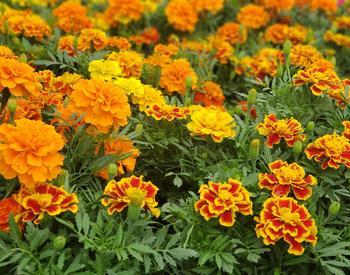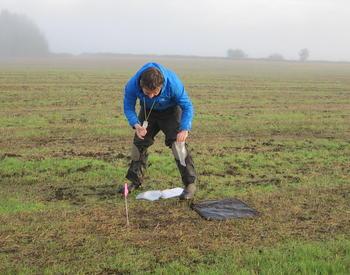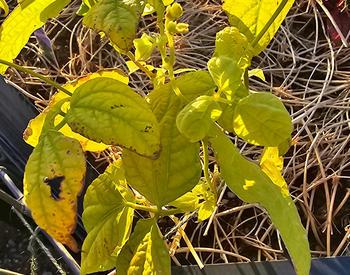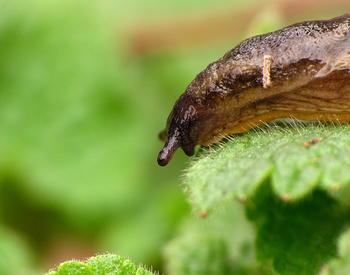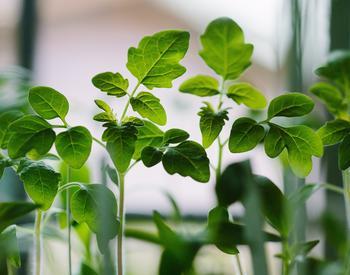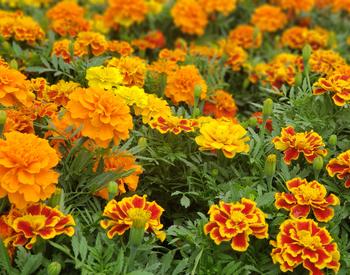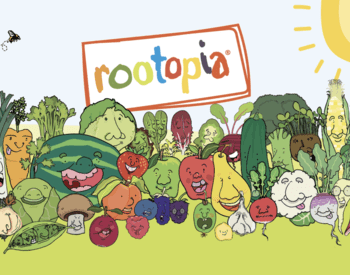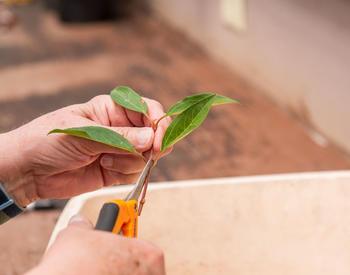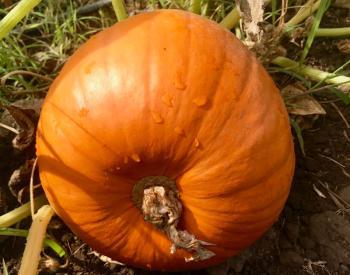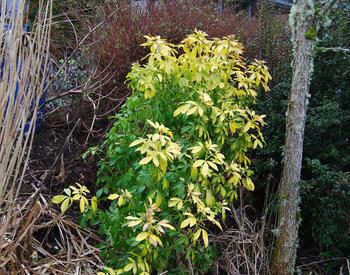CORVALLIS, Ore. – For 15 years, Oregon State University Extension Service’s Food Hero initiative has provided healthy and low-cost recipes that have been used not only in Oregon but across the United States and internationally.
This year, Food Hero added an annual gardening calendar to its expanding catalog of resources for people who want to grow their own food.
More than 100,000 thousand copies – 80,000 in English and 25,000 in Spanish were produced for distribution through OSU Extension offices and Oregon Department of Human Services field offices across the state. The calendars are free and designed to encourage growing food, especially among families who face food insecurity and individuals who have never tried to garden.
In addition, there is an online version, along with an interactive garden planning tool, available on the Food Hero website, along with a free downloadable version.
Food Hero is a statewide initiative of the Oregon Supplemental Nutrition Assistance Program Education (SNAP-Ed) program and was developed by OSU Extension in English and Spanish. All the recipes are tested according to criteria, such as overall flavor, color and texture. Food Hero meals are low-cost and feature easy to find ingredients, easy to follow instructions and minimal preparation time.
LeAnn Locher, Extension’s statewide Master Gardener and Food Hero outreach coordinator, said the calendar was inspired by combining two successful initiatives of Extension. Extension’s online gardening calendar is a much-visited resource by avid gardeners but it’s long and complex. Food Hero has previously created “well-loved and well-used” calendars featuring artwork created by children.
Creating an easy to use, fun and well-designed print calendar with seasonal gardening tasks is the perfect combination of both, Locher said.
“More and more people are needing and wanting to grow their own food and are learning how to through Food Hero,” Locher said. “We received feedback that there was a desire to have information on what to plant and when, and the ability to mark it on a calendar. So, we saw an opportunity. A calendar should be both a beautiful thing you can see when it’s on your wall and a useful tool to chart your garden.
“We designed a calendar that provides the general tasks that you could be doing that month,” Locher said. “This ties into the beauty of Food Hero, which is eating fresh and tasty things that are good for you, as well as making it, and growing it, yourself.”
Each month, the calendar features artwork that corresponds to that monthly guidance, including the fruits and vegetables that are in-season. There are planting tips and timing charts for Oregon’s four primary growing regions: coast, Western valleys, high elevations, and Columbia and Snake River valleys.
For example, March features tips for cleaning tools and containers, prepping planting areas, planting flowers for pollinators and planting perennial herbs. There’s a “Kids Can!” tip to engage children in the garden: Show kids how to spot garden weeds for pulling.
A “What’s in season?” section features drawings of garlic, kale, asparagus, acorn squash, potatoes and turnips, all good produce to look for fresh in the market in March.
“There’s definitely a need for gardening information based on the time of the year,” Locher said. “When and what to plant isn’t just a conundrum for beginning gardeners. Having timely information like this is much desired by all gardeners. And it can be challenge because we have different growing regions across Oregon, as well as across the country.”
‘Kids love to garden, too’
Planning began last September with a team from Food Hero. Chris Mouzong, a SNAP-Ed faculty research assistant and Carol Walsh, a statewide SNAP-Ed nutrition educator, were included, as well as Joyce Senior, coordinator of Oregon’s Expanded Food and Nutrition Education Program who translated the text into Spanish. SNAP-Ed’s Latinx cultural workgroup reviewed and approved the translation.
Dana Regan created the illustrations. Stewart Silberman was the designer. Locher and Tyler Spofford, SNAP-Ed’s gardening coordinator, wrote the content.
“Most of this content was drawn from our existing, peer-reviewed Extension publications but translated to be easy to use and understood by beginning gardeners,” Locher said. “This was a large team of individuals who pulled together their expertise to make this.”
Food Hero is used in schools to teach kids about nutrition through sharing the recipes and sampling new foods, so the calendar was created with children in mind, Locher said.
“We know that kids love to garden, too,” Locher said. “It’s a great activity for adults and kids to do together. That’s why each month there’s something for kids to do.”
An important feature is a page at the front for journaling, Locher said. In addition to a place to list goals and plants to start as seeds indoors are spaces to write down the year’s “garden success” and the year’s “garden flop.”

